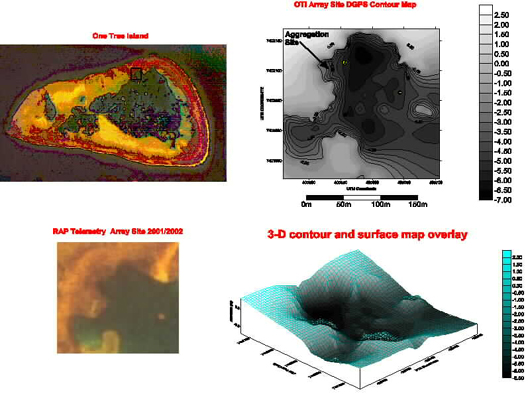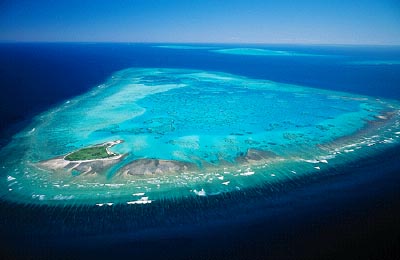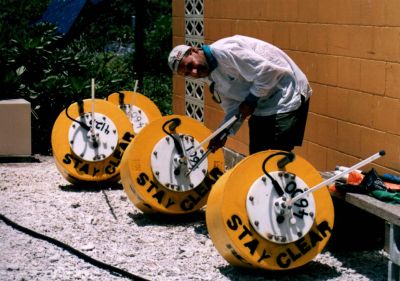Coral Trout Telemetry on the GBR, Australia
Abstract
Coral trout (Plectropomus leopardus,, mean TL = 498.9 ± 19.7 mm, n = 10) were tagged and tracked with ultrasonic transmitters over 81 days at an intra-lagoonal location at One Tree Island (OTI), Great Barrier Reef, Australia (23.5083°S, 152.0917°E). Movement and habitat preferences were compared during the transition between the reproductive and post-reproductive period. Overall, mean movement was highest between 05:00 -10:00 hrs, with most movement during the crepuscular period and the least movement at night. There was no difference in night time movement during or after the reproductive period. Mean daily movement (14.48 ± 0.26 km·d-1) and fish depths (4.23 ± 0.02 m) during the post-reproductive period were significantly greater than both movement (10.63 ± 0.13 km·d-1) and depths (3.38 ± 0.01 m) occupied during the reproductive period and this was likely related to reallocation of bioenergetic resources to foraging related activities rather than spawning. Most fish movement was localized (to within 0.04 km2) with some movements recorded outside of this area to a maximum distance of 0.6 km. Fish traversed sand and small scattered coral out-croppings to reach areas of continuous reef. The ranges of movement, and habitat preferences described in this study are important for future research on habitat requirements and behavioural changes across the transition period between reproductive and post-reproductive states. Furthermore, this study provides additional information that may be used for focusing and delineating species-specific Marine Protected Area (MPA) management plans.
Other potentially significant and interesting results from this study included:






